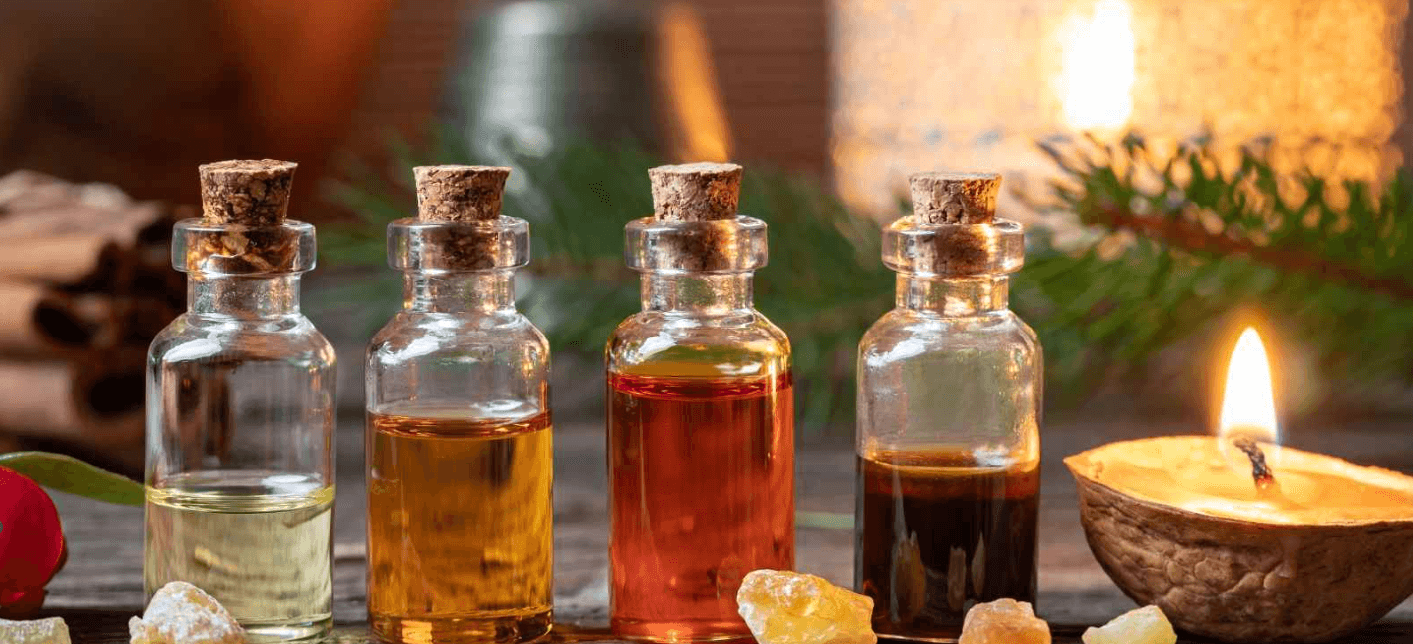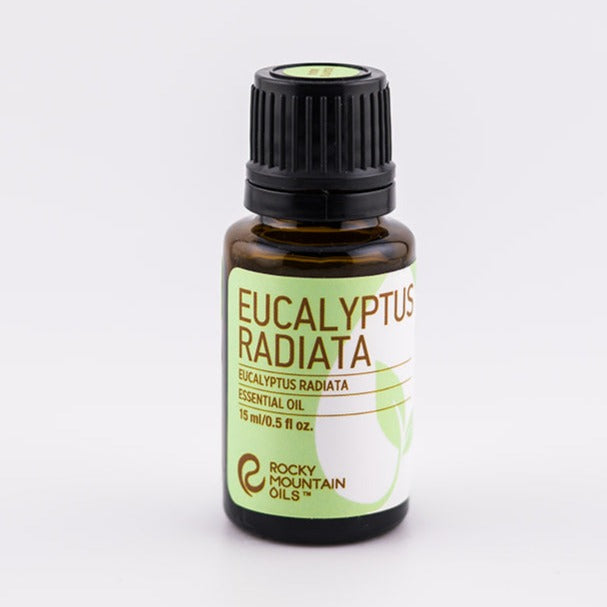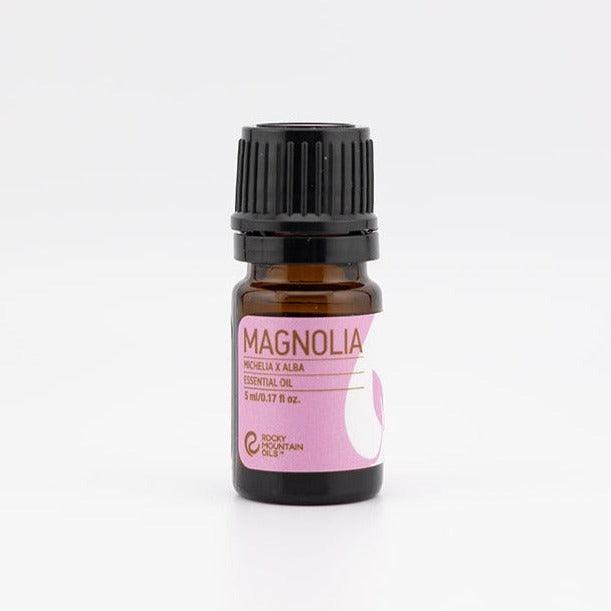Unlocking the Secrets: How Much Essential Oil to Add to a Candle for an Aromatic Experience?
Candles have been a staple in homes for centuries, serving not just as sources of light but also as therapeutic and aesthetic items. With the rise in popularity of essential oils, integrating them into candles has become an art. The key question that often arises: how much essential oil should one add to a candle?
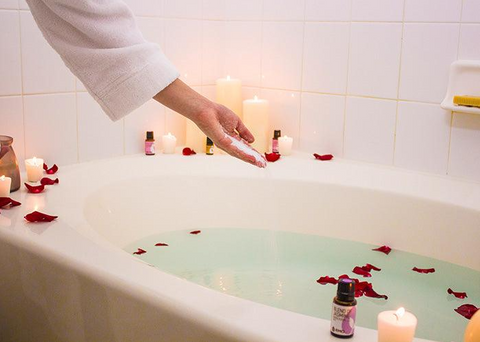
Importance of Essential Oils in Candles
The use of scented candles can be traced back to ancient civilizations, where they were revered for their aromatic properties.
History of Scented Candles
Before the advent of electricity, candles were essential for illumination. As humans evolved, so did their uses for candles. The ancients infused candles with herbs and natural fragrances to enhance the ambiance.
Therapeutic Benefits
The inclusion of essential oils in candles goes beyond just aroma. Essential oils like lavender and eucalyptus offer therapeutic properties, which can aid relaxation and boost mood.
Understanding Essential Oils
It's imperative to understand essential oils before diving into their integration with candles.
What are Essential Oils?
Derived from plants, essential oils capture the essence, flavor, and scent of their source. They are highly concentrated and offer numerous benefits.
Popular Essential Oils for Candles
While there are myriad essential oils, some favorites for candles include lavender for relaxation, citrus for rejuvenation, and cedarwood for grounding.
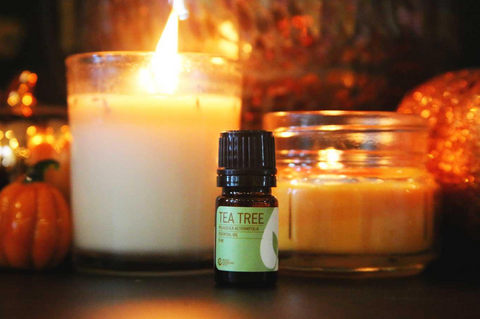
How much essential oil to add to candle
This is the million-dollar question! It's essential to strike a balance to ensure a delightful aroma without compromising the candle's burn.
Factors Determining the Amount
The type of wax, the size of the candle, and the potency of the essential oil all play a role in determining the right amount.
Ideal Ratios for Different Candle Sizes
Typically, for a 100g candle, adding 6-8 drops of essential oil is considered optimal. However, this can vary based on the factors mentioned above.
Procedure to Add Essential Oils
There's a method to the madness!
Preparing the Candle Wax
Ensure the wax is melted to the right consistency, usually around 70°C (158°F).
When to Add the Essential Oil
Once the wax starts cooling but is still liquid (around 60°C or 140°F), it's the best time to add your chosen essential oil.
Effects of Over and Under Usage
Using the right amount of essential oil is crucial.
Too Much Essential Oil: Risks and Impacts
Overloading can result in poor candle performance, uneven burn, or even a potential fire hazard.
Too Little Essential Oil: Outcomes
Insufficient oil might result in a faint aroma, defeating the purpose of a scented candle.
Safety Precautions
Safety should never be compromised.
Using Therapeutic Grade Oils
Always opt for high-quality, therapeutic-grade essential oils. They're pure and free from synthetic additives.
Ensuring Proper Mixing
Stir the mixture thoroughly to ensure even distribution of the essential oil in the wax.
Comparison with Fragrance Oils
Not all scents are created equal.
Essential Oils vs. Fragrance Oils
While essential oils are natural, fragrance oils are synthetic. Each has its pros and cons in candle making.
Which is Better and Why?
Essential oils are ideal for those seeking a natural approach, whereas fragrance oils offer a wider range of scents.
Shelf Life of Scented Candles
Proper storage can prolong the life of your scented candle.
Storage Tips
Store in a cool, dry place, away from direct sunlight.
Signs of Expiry
If the scent diminishes or the candle looks frosted, it might be time to replace it.
Aromatherapy Candles - How to Make Candles with Essential Oils
Aromatherapy candles combine flickering candlelight's ambiance with essential oils' therapeutic benefits. Crafting these candles at home offers a personal touch, ensuring that they're tailored to your preferred scents and intended moods. How do you make your aromatherapy candles using essential oils? Here's a step-by-step guide:
1. Gather Your Materials
Before you start, you'll need to ensure you have all the necessary materials at hand:
- Wax: Soy wax or paraffin wax are popular choices.
- Wick: Ensure it's long enough for your chosen container.
- Essential Oils: Choose your desired scents based on their therapeutic properties or preferences.
- Container: This can be a mason jar, old teacup, or heat-resistant container.
- Thermometer: This helps monitor the wax's temperature.
- Melting Pot or Double Boiler: For melting and pouring the wax.
2. Preparing Your Workspace
- Clean Area: Ensure you have a clean, clutter-free workspace.
- Protective Measures: Lay down newspapers or old clothes to catch any wax drips.
- Safety: Keep a fire extinguisher close, especially if you're new to candle making.
3. Melting the Wax
- Measure the Wax: Typically, you'll need twice the amount of wax as the volume of your container.
- Double Boiler Method: Place wax in the upper section of a double boiler. Heat until the wax is fully melted, monitoring with the thermometer.
4. Adding Essential Oils
- Cool the Wax: Once melted, allow the wax to cool to around 180°F (82°C). Cooling slightly ensures that the oils don't evaporate too quickly when added.
- Add the Oils: For every pound (about 450 grams) of wax, you'll want to add roughly 10-15 ml of essential oil. Stir thoroughly for even distribution.
5. Setting the Wick
- Secure the Wick: Place a dab of hot wax in the center of your container's base. Press the metal tab of the wick into it, ensuring it's centered.
- Support the Wick: Use a pencil or chopstick across the container's top and wrap the wick around it. This keeps the wick centered while the wax cools.
6. Pouring the Wax
- Pour Slowly: Once the wax is infused with the essential oil, pour it into your container, leaving about half an inch (1-2 cm) from the top.
- Avoid Overfilling: This ensures the flame remains safely within the container when lit.
7. Letting the Candle Set
- Cool at Room Temperature: Allow the candle to solidify at room temperature for at least 24 hours.
- Avoid Hastening: Don't place the candle in the fridge to speed up the process, as it can cause cracks.
8. Finishing Touches
- Trim the Wick: Once the candle is solid, trim the wick to about a quarter-inch (or approximately 0.6 cm) above the wax surface.
- Store Properly: Keep candles in a cool, dark place until you can use them. This preserves the scent and ensures even burning.
Benefits of Aromatherapy Candles
- Therapeutic Effects: Essential oils offer varied benefits, from relaxation (like lavender) to invigoration (like citrus scents).
- Ambiance: The soft glow of a candle combined with soothing scents can enhance meditation, baths, or quiet reading time.
- Personalized Gifts: Handmade aromatherapy candles make thoughtful presents for friends and family.
Making aromatherapy candles with essential oils is a rewarding process that allows you to enjoy the therapeutic benefits of aromatherapy while adding a touch of cozy ambiance to your space. The bespoke touch and quality ingredients will undoubtedly shine through whether you craft them for personal use or as gifts. Always remember safety precautions and enjoy the sensory delight of your handmade creations!
Make Your Candles With Wildly Organic
In candle-making, the push for natural, organic ingredients is more than just a trend – a movement towards sustainability and purity. Wildly organic materials provide a clean burn and an eco-friendly alternative to the conventional candle-making supplies available in the market. What does using incredibly organic ingredients in your candles mean, and how can you incorporate them? Dive in to discover more!
Understanding' Wildly Organic'
First and foremost, what does "wildly organic" signify?
- Wild Harvested: This means that the ingredient, whether a plant, herb or any other material, is sourced from its natural habitat without human intervention in its growth or cultivation.
- Free from Chemicals: Wildly organic ingredients lack pesticides, fertilizers, or synthetic chemicals.
- Sustainability: Wild harvesting is done with respect for nature, ensuring that plants are sustainably sourced without harming the ecosystem.
Benefits of Using Wildly Organic Ingredients
Why opt for wildly organic materials in your candles?
- Clean Burn: Organic materials produce less soot and harmful emissions, promoting better indoor air quality.
- More decadent Scents: These ingredients are sourced directly from nature, so their scents are often more prosperous and more authentic.
- Eco-friendly: Using sustainable methods to source ingredients ensures minimal environmental impact.
Materials to Consider for Your Organic Candles
So, what materials can you incorporate into your candles?
- Organic Waxes: Opt for organic soy wax, beeswax, or coconut wax. These waxes burn more than their non-organic counterparts.
- Wildly Organic Essential Oils: These oils capture the true essence of the plant, offering authentic scents and therapeutic properties.
- Natural Wicks: Cotton wicks, free from metal cores, are a sustainable choice.
Steps to Create Candles with Wildly Organic Ingredients
Ready to craft your own wildly organic candles? Here's a step-by-step guide:
Preparation
- Choose a suitable workspace, ideally a clean, ventilated area.
- Gather all your materials: organic wax, essential oils, natural wicks, and containers.
- Lay down newspapers or protective clothes to manage any spills.
Melting the Wax
- Using a double boiler, melt the organic wax of your choice.
- Monitor the temperature with a thermometer. Typically, you'd want the wax to reach around 170-180°F (77-82°C).
Infusing the Scent
- Once the wax reaches the desired temperature, could you remove it from heat?
- Stir in the wildly organic essential oils. Depending on the wax quantity, 10-15 ml of oil per pound is usually a good ratio.
Setting the Wick
- Dip the base of the wick into the melted wax and press it onto the bottom of your container.
- Use a stick or pencil to keep the wick centered as the wax cools.
Pouring the Wax
- Pour the wax-oil mixture into the container, leaving a small space at the top.
- Let it sit and solidify for several hours, ideally overnight.
Trim and Store
- Trim the wick to approximately 0.25 inches (0.6 cm) above the wax surface.
- Store in a cool, dry place for at least 24 hours before lighting.
Crafting candles with wildly organic ingredients ensures you're not only getting a product that's beneficial for your home environment but also respects and celebrates nature. This approach offers a cleaner, more prosperous, and more sustainable candle experience. So, why not embrace the wild side of organics and light up your space with the pure essence of nature?
FAQs - How Much Essential Oil to Add to a Candle?
How often should I burn my essential oil-infused candle?
For best results, burn it for 1-2 hours at a time.
Can I mix different essential oils in one candle?
Yes, but ensure they complement each other for a harmonious aroma.
Is there a risk of the essential oil catching fire?
If used in the recommended amounts and properly mixed, the risk is minimal.
Can I add essential oils to an already made candle?
It's best to add them during the candle-making process for even distribution.
Do essential oil candles have a stronger scent than fragrance oil candles?
Not necessarily. It depends on the quality and concentration of the oils used.
What's the cost difference between essential oil and fragrance oil candles?
Essential oil candles can be pricier due to the natural ingredients.
Scented candles infused with essential oils can be a game-changer for your living space, offering both aesthetic and therapeutic benefits. Understanding the right amount of essential oil to add ensures a safe, effective, and delightful aromatic experience.
What is the ratio of candle wax to essential oils?
The general guideline for adding essential oils to candle wax is a 1% to 3% fragrance load. This means adding about 5 to 15 ml of essential oil per pound (approximately 450 grams) of wax. Always conduct a test burn and refer to specific wax guidelines to ensure optimal scent and safety.
How much essential oil per soy candle?
For soy candles, the typical recommendation is to add a fragrance load of 6% to 10%. This translates to approximately 1 to 1.6 ounces (or about 30 to 48 ml) of essential oil per pound (approximately 450 grams) of soy wax. However, it's crucial to always refer to the manufacturer's guidelines for the specific soy wax you're using and conduct a test burn to ensure the desired scent strength and performance.
How do you make candles smell good?
To make candles smell good, choose high-quality fragrances or essential oils and add them at the correct ratio, typically 6% to 10% fragrance load for soy wax. Melt the wax to the recommended temperature and thoroughly mix in the fragrance before pouring. Allow the candle to cure for several days to a week to optimize scent throw when burned.
Conclusion
In conclusion, unlocking the secrets of how much essential oil to add to a candle for an aromatic experience is a fascinating journey that combines art and science. The ideal amount of essential oil depends on various factors, including the candle's size, wax type, personal preference, and the essential oil's potency. Balancing these factors is necessary to create a pleasant and safe aromatic experience.

